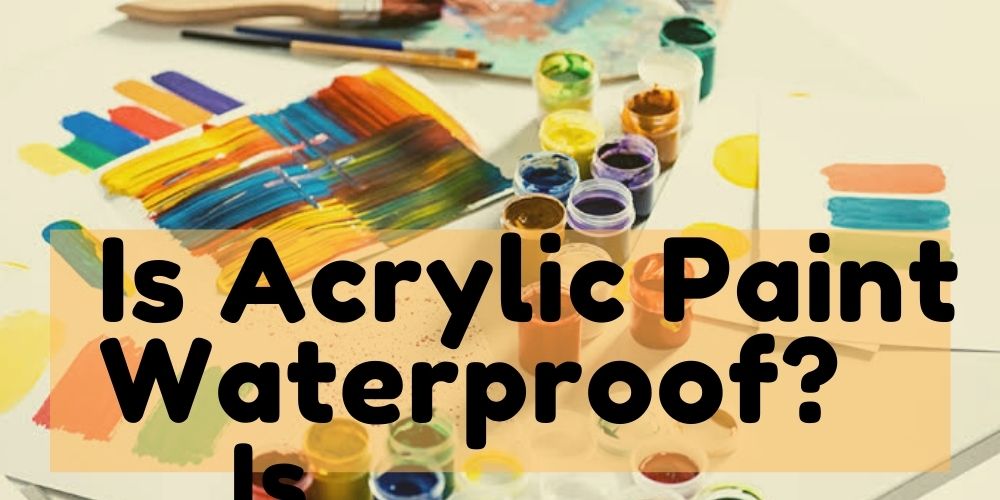Acrylic paint is safe for all painters, whether they are new or old to the artistic industry. Children’s less than three years of age use Acrylic paints to make their paintings.
Most acrylic paints are non-toxic. If you use it for tasks like coloring on canvas, walls, and other surfaces. Acrylic paints also have a glossy, pigmented finish and dry. As a result, artists and children prefer acrylics to other colors.
But, Is Acrylic Paint Biodegradable as well? That we will get to know in this article.
Because paints are used in plenty all over the world, it is vital to know if it is biodegradable or not.
Acrylic paints are not biodegradable because they include a lot of harmful ingredients. plastic harms the environment since it takes years to decompose.
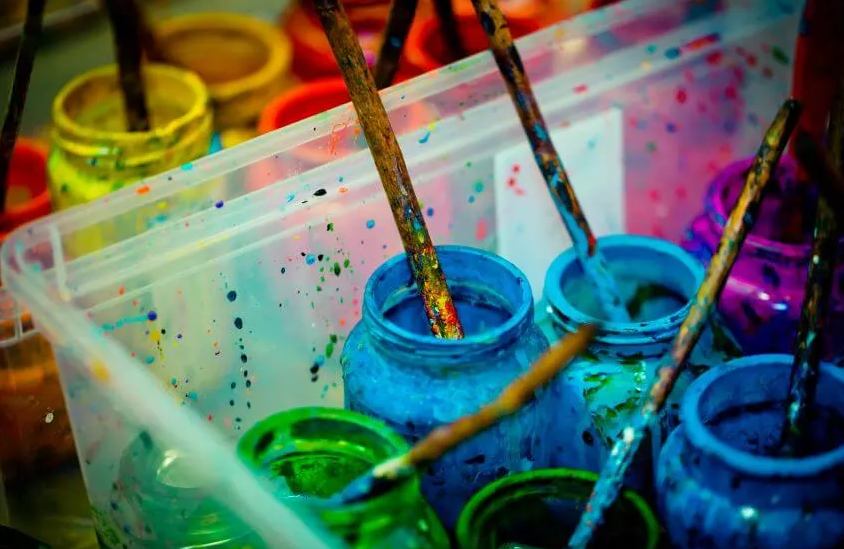
Acrylic also includes a plastic foundation, making it non-biodegradable right away.
So, being an artist you can reduce the use of acrylics. To decrease the harmful effect on health and the environment. Here are some things to ponder upon using acrylic colors.
Is Acrylic Paint Biodegradable: the Actual Answer
The short answer is No. Acrylic paints aren’t biodegradable to be honest.
However, most acrylic paints are said to be harmless, especially for kids. But the additives play an important role in keeping the acrylic paint toxic or ecological. Colors are formed by water, pigments, and resins.
The actual element is what determines whether the colors are resin-based or watery. Tints can be created with animal parts, minerals, or leafage. Yet, the content in dyes is harmless to human beings. But the everlasting display of some contents can cause illness.
There are some harmful tints, such as lead chromate, mercury chromate, or cobalt chloride. Tints are responsible for providing color to the acrylic.
Moreover, these tints are mixed with synthetic resin latex to make them gooey or moisture less on any paper. Although it quickly dries, the question remains.
Is acrylic paint waterproof on the surface?
To make it water-resistant, apply tape or sealer over the acrylic colors. Some of the plastic binders are toxic to the soil, air, and water. A blender is an element that makes resin and tints merge into oil and water. They are usually harmful chemicals in the dyes.
Does Acrylic Paint Contain Microplastic?
There are no microplastics in acrylic colors when they are liquid rather than dried. Plastics that have been resting for a long time can cause lethal diseases in the future. When the elements in the colors are stored and used , they can produce harmful waste if they get depleted.
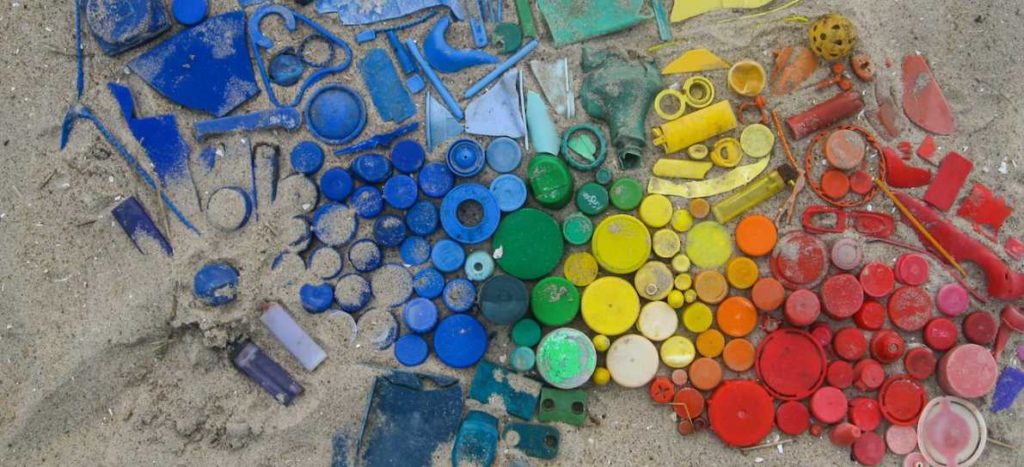
Painters are unaware of the toxicity of dry paint tubes and bottle leftovers. Empty containers should thus be disposed of properly for the sake of the environment and human health.
According to municipal norms, anything that is not recyclable should be disposed of in the general waste division.
Is Acrylic More Eco-friendly than plastic?
According to a universal phenomenon, chemicals containing even a trace of plastic are harmful to the environment. The production unit is, without a doubt, significantly dependent on the petroleum unit.
This means that the mining of fossil fuels is required for the production of these plastics. Carbon-based fossil fuels pollute the environment as well.
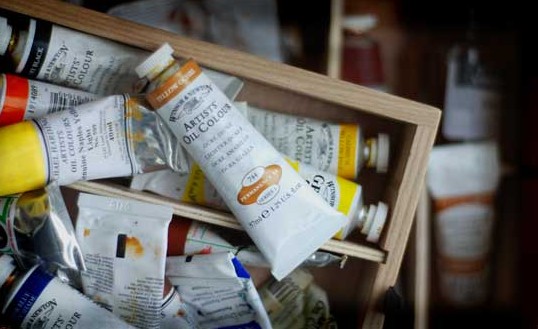
Polymerization occurs when you compress/burn energy sources like coal, petroleum or natural gas. It is correct to say that the ingredients utilized, the technique, and the final products are all harmful to the environment. If acrylic is exposed to the environment, it can be hazardous.
Related Read: Is Acrylic Paint Vegan?
How long does Acrylic Paint take to decompose?
Keeping acrylic colors for long is not advisable. Because it will be affected by wetness, extreme environmental conditions, and contaminants. Acrylic paints can last for more than ten years if they are not properly disposed of. If you wish to discard acrylic paint, consider the following options:

Why is acrylic bad for the environment?
The basic elements used in the production of acrylic colors are not biodegradable.
But, acrylic involves alloys such as styrene monomer, benzene blender, toluene, and xylene. All these alloys can be quite harmful to aquatic animals if they are drained into the bodies of water.
Also, if paint remnants are settled on the land, it can affect plants and the fertility of the soil. Other metallic content can cause harmful effects on the kidneys and brains of humans.

This might lead to disorders in the functioning of the nervous system and blood circulation. Lymphoma and leukemia are diseases that can erupt if exposed to liquid plastic used in acrylic paints.
Plastic latex works as a dissolver that is created from chemicals such as basic catalysts and methyl methacrylate. If inhaled by humans, it leads to skin cancers or breathing problems. So, the waste gathered from the paints should be handed to the municipal authority for suitable disposal.
Is Acrylic paint safe to go down the drain?
People using acrylic should be extra careful when rinsing the extra paint on brushes or color palettes under tap water. It is not clever to spill the liquid paint down the drain.
Because house drainage is connected to street and garden drainage systems, it eventually ends up in bodies of water. The paints usually have plastic elements, and even tiny plastic can be hazardous to the environment and human beings.
Water impurities in the water can be removed with water waste treatment. It will remove the toxicity of paint after acrylic paint dissolves in water. Excessive drainage of paint may also lead to the blockage of the sink pipes.
How do you dispose of acrylic paint in water?
Acrylic paints are plastic-based paints, and the plastic takes hundreds of years to break down in the water.
As a result, the question arises: how can paint be safely disposed of in water?
Fill two containers with water, one with warm water and the other with cold or standard water. Take the brush and soak it in warm water before rinsing it.
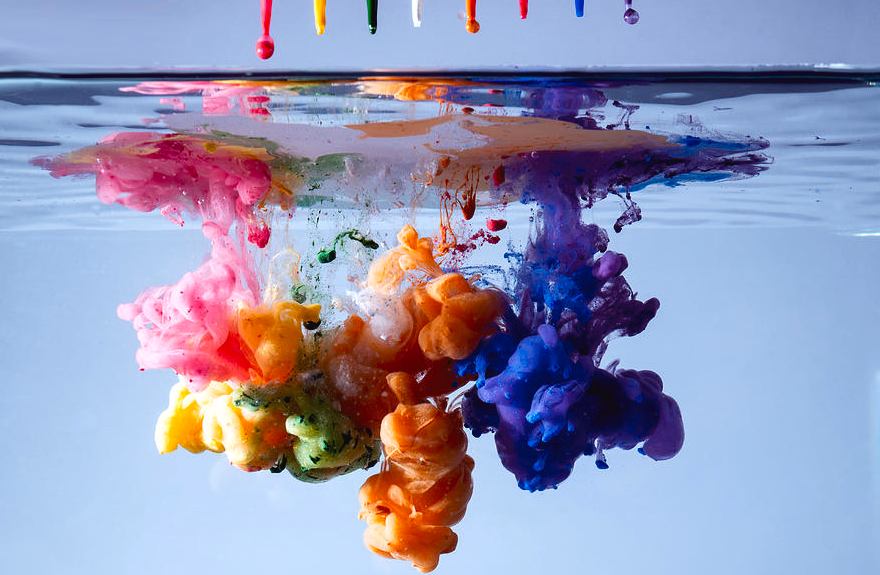
Then, using any soap foam, rub the brush into the soap with precision. After that, rinse the soapy brush with warm water. Dip your brush in cold or regular water now.
Finally, soak up the dripping water on the brush with some kitchen tissue. After you’ve finished cleaning, don’t drain the warm water in the sink since it will clog the pipes. Hazardous components in the paint also kill aquatic species that drink the same water.
So you may filter the liquid through a coffee machine or a strainer. It will make the elements that settle on the strainer to dispose of after wrapping up.
Name of some acrylic paint substitute
Many artists are currently exploring ecologically sound and functional solutions. Many manufacturers offer colors that are created organically. We source blended paint from trees or woodlands, as stated in the ingredients.
As a result, trees are vital for a healthy ecosystem, which baffles the artists. Tempera paints, which use egg yolk as a binder for the sticky nature of the paint, are a good substitute. The nice aspect is that, like acrylics, it dries quickly.
Earth-based pigments are blended with egg yolk to create the ideal ecological paint. But, you may produce the paint yourself using milk, but it is a time-consuming operation.
Frequently Asked Questions (FAQs)
1. Can Acrylic paint be recycled?
Acrylic paints, like all other paints, are readily accepted by all recyclers. Yet, only non-toxic acrylic colors are reusable. The recycling authorities will first check the color’s quality parameters, sifting, and filtration.
They can then mix it with other paints of the same color and substrate to make reusable paint for others to use.
2. Is acrylic yarn biodegradable?
Acrylic yarns are neither biodegradable nor recyclable. It has had a long-term adverse impact on the environment. When acrylic yarn items are rinsed, granules known as microplastics are discharged into the sea. Microplastics are extremely harmful to the environment’s health.
3. How do you make natural acrylic paint?
Naturally manufactured acrylic colors are non-toxic and healthy. As a result, for manufacturing high-quality natural acrylic paint that dries quickly. These are the things you can do:
👍 By placing the resin on the palette and carefully adding the colors, you can make a mixture of one part natural resin and one part tints. Using a knife, combine the ingredients.
👍 Thin the colors with water and store them in a sealed container.
👍 To avoid scraping off the paint, clear the palette and equipment before it dries fully.
Conclusion
Acrylic paints are a wonderful choice because they dry quickly and have a milder odor. It also features a water base, making cleaning an easy task.
Along with its use, the paint should be recycled or disposed of in an environmentally friendly manner. You can also make your non-toxic acrylic colors at home.
But it isn’t biodegradable.



